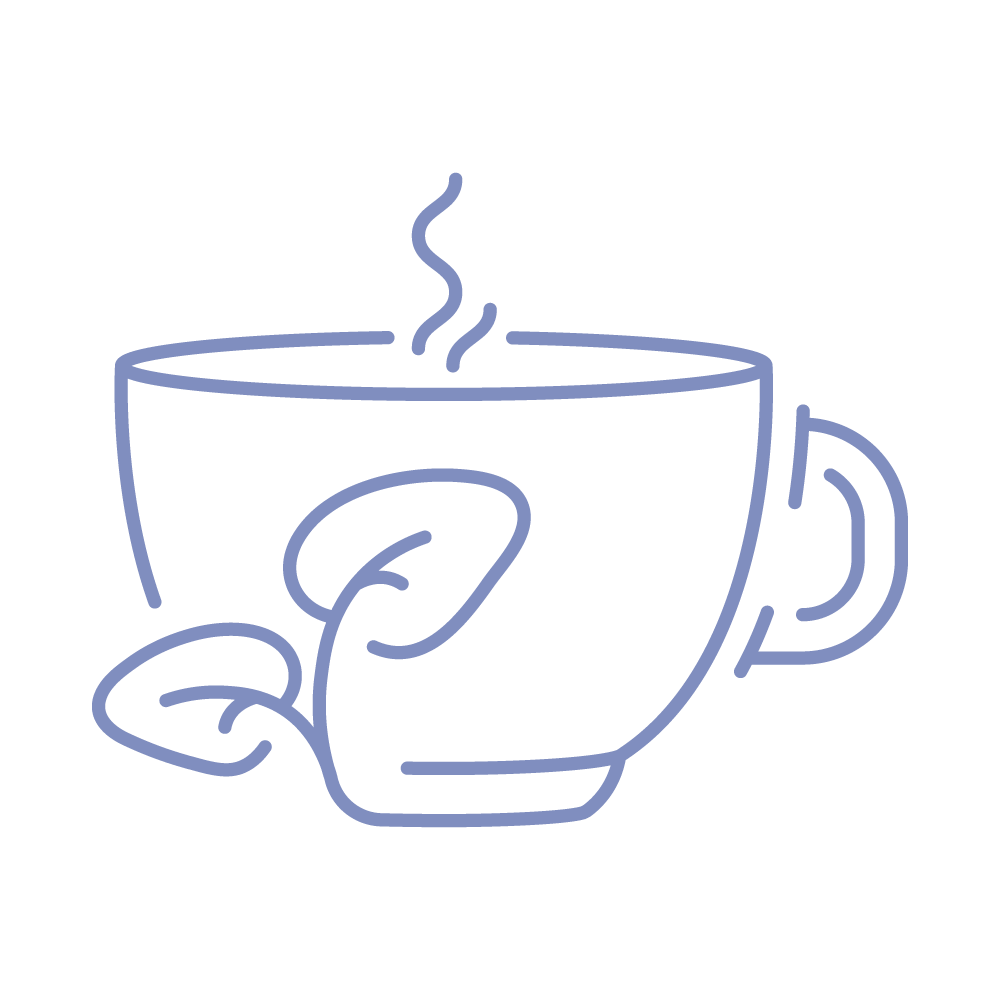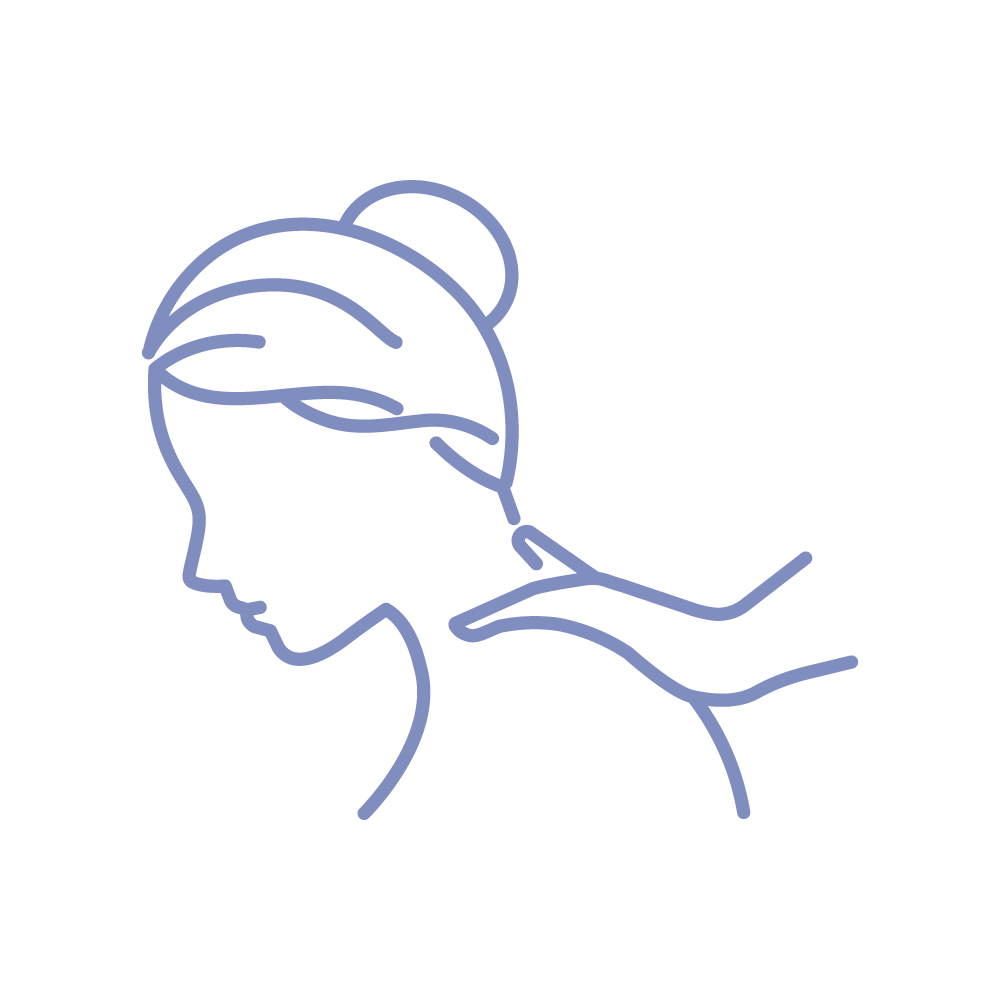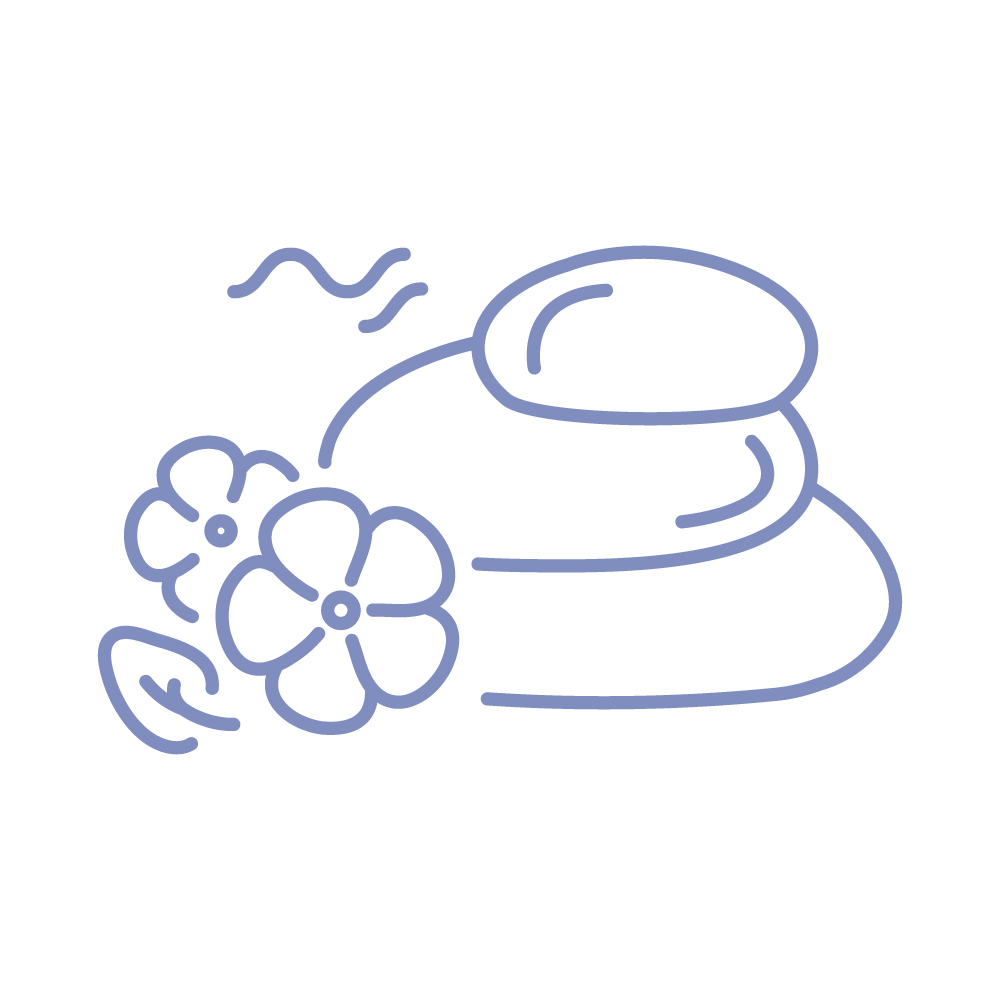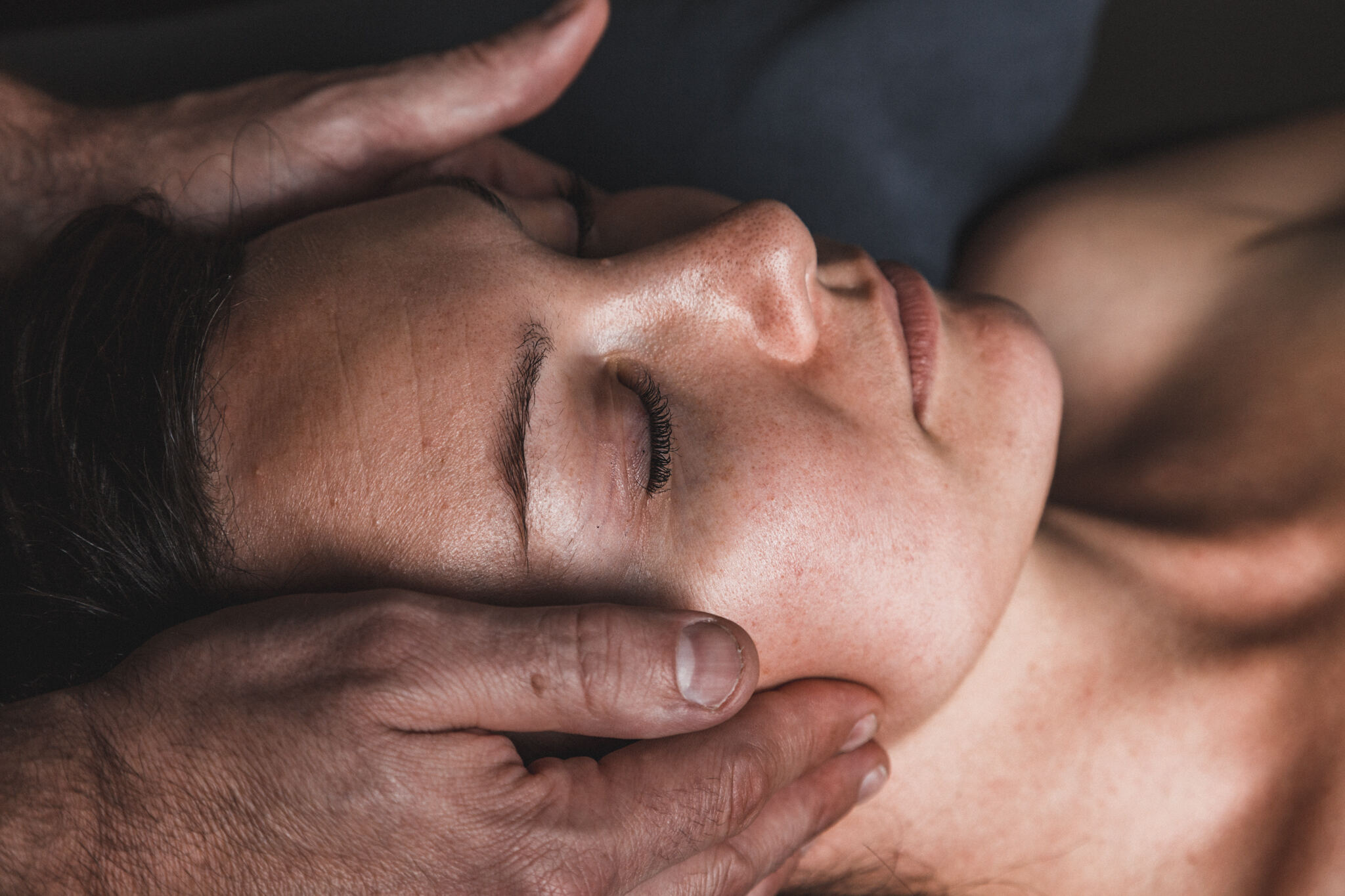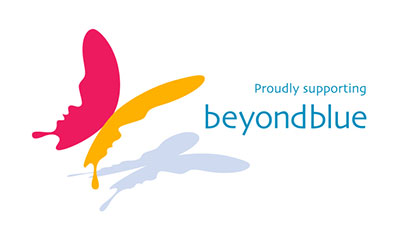Is massage good for Arthritis?
The constant pain and reduced mobility or dexterity that many people with arthritis endure can be at times unbearable and extremely frustrating. Finding a cure is still a way off. However, finding relief to the chronic pain and joint stiffness is within reach. Below is a brief introduction to arthritis and how massage can benefit those with arthritis, along with some self-help strategies to help keep symptoms in check.
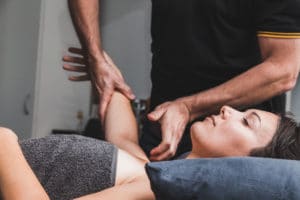
Arthritis is an umbrella term for over 100 inflammatory conditions affecting the joints, with 1 in 7 Australians having been diagnosed with one form or another (ABS 2018). General signs and symptoms of the various types of arthritis are pain, inflammation, swelling, joint stiffness, muscle ache and damage/erosion of the bone and cartilage. Cartilage lines the ends of bones and when recurring inflammation or wear and tear occur at the joints, this cartilage can degenerate, leaving the bones grinding on one another. This often results in intense pain, swelling and structural damage. Arthritis can be due to an immune disorder, such as with rheumatoid arthritis, or a degenerative condition, such as with osteoarthritis. The latter is gradual and chronic in nature; however, there are types that are more transitory with a sudden onset, such as gout. Although they may arise differently and have slightly different presentations, those diagnosed with arthritis almost universally experience such intense pain that any movement is mildly or severely restricted. This can result in a decrease in quality of life as the person is no longer able to engage in activities that are meaningful to them.
There is no cure for arthritis but there is a body of evidence that demonstrate that massage can be one of the most effective treatments to soothe and manage pain and help ease muscle and joint stiffness. For example, in ankylosing spondylitis, a type of arthritis of the joints in the spine; massage can help to ease the pain and stiffness in the small surrounding muscles of the spine that tighten in response to the inflammation and fusion of the spine joints. Pain is often the most debilitating symptom in all forms of arthritis; massage can bring significant relief by soothing the nervous system, dialling down those pain signals and allowing the body the chance to relax. Research on people with osteoarthritis in their knees has shown that individuals who received a one-hour Swedish massage once a week for eight weeks had a decrease in their pain and an improvement in their mobility and range of motion compared to those who did not receive the treatments (Perlman et al., 2012). Similar results were found in studies using medium-pressure massage on people with arthritis in their knees (Field et al., 2015), neck (Field et al., 2014) and upper limb (Field et al., 2013).

Types of massage for Arthritis relief:
As mentioned, massage can help to reduce pain and inflammation by releasing the muscles around the joints and helping to increase blood flow to the area. This can be achieved by applying massage to the body as a whole, or with a more focused application to the specific areas of pain. Some modalities have been shown to be better suited and some may need to be avoided. This really depends on the client and the condition.
- Swedish or relaxation massage incorporates both long and circular stroking and kneading which can help to circulate the blood through the muscles and remove the by-products of inflammation that accumulate at the affected joints. Petrissage techniques can be employed, whereby the skin is lifted, kneaded and rolled, which aids in lengthening the tissues that connect to the muscles, reducing tightness and promoting mobility around the joint. This releases tension and stress, encouraging overall body relaxation.
- Remedial massage is another style which tends to be firmer in pressure and targets more specifically the problem areas, with the aim to directly address the chronic arthritic pain around a joint. This technique is best received regularly to temporarily relieve the symptoms of arthritis.
- Deep tissue massage, as the name suggests, focuses on the deeper layers of muscle tissue. This style can result in more intense pain following the massage, which may not be ideal for people with arthritis. Our aim is to reduce the pain!
- Lymphatic drainage or detox massage uses light, patterned strokes to promote lymphatic drainage into the bloodstream. This can be beneficial to people with arthritis as excess fluid can be associated with the inflammatory process. Such massage when applied over the whole body and on a regular basis, can help with the management of arthritic conditions such as gout by aiding in the removal of the particles that are causing the condition in the first place (see below for more information on gout).
Contraindications for arthritis and massage:
Regardless of what massage you opt for, the overall benefits of reduced pain and improved circulation and mobility apply. There are some contraindications with some forms of arthritis that therapists and clients need to be aware of. Gout, for example, presents itself as a sudden onset of swelling, redness, and excruciating pain around a joint, most commonly in the big toe, although it can occur in other joints. The condition is caused by high uric acid levels in the blood which result in needle-like crystals forming around joints. Attacks can come on gradually or rapidly overnight and can last for days or sometimes weeks. Direct massage on the area should be avoided while in the acute stage as this could irritate and further inflame the gout-affected area. This does not mean that massage should be avoided altogether! Rather, the therapist can apply lymphatic drainage techniques and focus on areas away from the acute inflammation to promote the generalised systemic benefits of massage such as improved circulation, decreased anxiety and enhanced relaxation.
Another important note for therapists is to never apply or suggest applying ice to a gout-affected joint as low-temperatures can help those needle-like crystals to form at the joint. In general, the opposite is better for chronic arthritis, i.e., heat therapy. Heat can help soothe stiffness and pain in chronically inflamed arthritic joints. This can be in the form of heat packs applied for up to 20 minutes, or some massage therapists or occupational therapists may have access to paraffin wax baths, which can offer some relief to arthritic joints, though the evidence in the literature is mixed (Ayling & Marks, 2000; Welch et al., 2002).
Therapists need to ensure that when their client experiences arthritis that they check three things: duration of the condition or, if an acute attack: the timing of the initial onset; the severity; and, the exact whereabouts of the pain. This will help in determining the appropriate technique and pressure to apply. Although the level of pressure should be client-led, it is useful to keep in mind that research has shown that application of moderate pressure, as opposed to light pressure, can result in better outcomes for clients with arthritis (Field et al., 2013). Continually checking-in with the client regarding their pain and discomfort is vital as some clients may be reluctant to complain. Above all, it is important to ensure that your client has received approval from their medical professional before they receive a massage.

What can a client do themselves in between treatment?
What a client does after a massage can be just as important as the massage itself. If a client has experienced an acute attack, like gout, rest is important combined with the client’s preferred form of medicated pain-relief, be it prescribed or over the counter. Aspirin should be avoided as it may raise uric acid levels, which could potentially worsen the gout symptoms. Although gout is not always caused by lifestyle factors, reducing consumption of red meat, asparagus, lentils, sardines, and poultry may help in preventing future attacks. Otherwise for most arthritis conditions, promoting gentle movement, although potentially painful in the moment, can help an arthritic joint by promoting circulation and easing joint stiffness, subsequently decreasing pain, fatigue, muscle tension and stress (Resnick, 2001). Such movement needs to be client-directed based on their pain levels.
For arthritis, exercise can improve joint mobility, muscle strength and flexibility, posture, and balance. Yoga or swimming are good options for gentle exercise as the movements involved can be slow and controlled with a focus on breathing. Other gentle weight-bearing exercise such as walking, some types of dancing, Tai Chi and cycling or using an elliptical machine can also be suitable low-impact options. If beginning an exercise regime to help arthritic pain, it is best to start slowly and build up repetitions, duration, and intensity very gradually. Shorter duration (e.g. 10 minutes at a time) but more frequent exercise sessions is often suggested as being better for the joints and more sustainable in the long run. It is important to include a gentle warm-up and cool-down routine as this can help prevent muscle and joint pain and stiffness. People with arthritis must not exercise a joint if it is inflamed, hot or red. Instead, gently move the joint through its range of movement can help to reduce stiffness and improve circulation. Exercise has the added benefits of controlling weight and improving energy levels and quality of sleep which can help with being able to deal with arthritic pain.
Self-massage between appointments, where the client massages their own joints at home every day is also an important tool that clients can use to deal with their condition (Field et al., 2007). As mentioned previously, application of heat can help reduce the pain. Simply having a hot shower or bath while completing some self-massage or range of motion exercises can also benefit a client’s symptoms. Baths are an effective and easy option for many clients to incorporate into their treatment plan. There is some research to indicate that having mineral baths (adding Epsom salts to the water) can help reduce pain in people with arthritis (Santos et al., 2016).
In general, massage can help ease muscle tension, improve circulation and aid in the reduction of swelling. Subsequently, people with arthritis are then more able to engage in physical activity that would have otherwise seemed impossible. Improved circulation not only brings more nutrients and oxygen to the affected areas, but it can also help clear the affected joints of the by-products of inflammation, which may help to reduce swelling and further improve mobility. Massage also decreases the body’s production of stress hormones and stimulates the release of endorphins that can help improve a person’s mood and ability to cope with a chronic health condition. Moreover, massage can improve sleep and immune function- two vital components for people with arthritis as poorer sleep and a weakened immune system can exacerbate the symptoms. It is important to provide clients with education regarding potential body responses to expect after a massage, including some temporary soreness afterwards, and the importance of drinking at least 1L of water after a massage to help muscles and joints recover.
To be clear, massage does not reduce the incidence of chronic inflammation or joint damage caused by arthritis- massage aids in relieving symptoms, and when you suffer a chronic condition such as arthritis, relief of any sorts is welcome! For massages to be truly effective they need to be done regularly and preferably in combination with a gentle low-impact exercise regime that incorporates an element of stretching. For those with an arthritic condition, we recommend a massage every week for a few weeks to relieve the tension and pain from the muscles that have responded by tightening around the joints, and then once a month as maintenance. It is important that people with arthritis think of massage not as a ‘sometimes treat’ but rather an integral part of their overall treatment plan.
Ready to find out more?
References:
ABS (Australian Bureau of Statistics) 2018. National Health Survey: First Results, 2017–18. ABS cat. no. 4364.0.55.001. Canberra: ABS.
Ayling, J., & Marks, R. (2000). Efficacy of Paraffin Wax Baths for Rheumatoid Arthritic Hands. Physiotherapy, 86(4), 190–201. https://doi.org/10.1016/S0031-9406(05)60963-7
Field, T., Diego, M., Delgado, J., Garcia, D., & Funk, C. G. (2013). Rheumatoid arthritis in upper limbs benefits from moderate pressure massage therapy. Complementary Therapies in Clinical Practice, 19(2), 101–103. https://doi.org/10.1016/j.ctcp.2012.12.001
Field, T., Diego, M., Gonzalez, G., & Funk, C. G. (2014). Neck arthritis pain is reduced and range of motion is increased by massage therapy. Complementary Therapies in Clinical Practice, 20(4), 219–223. https://doi.org/10.1016/j.ctcp.2014.09.001
Field, T., Diego, M., Gonzalez, G., & Funk, C. G. (2015). Knee arthritis pain is reduced and range of motion is increased following moderate pressure massage therapy. Complementary Therapies in Clinical Practice, 21(4), 233–237. https://doi.org/10.1016/j.ctcp.2015.08.002
Field, T., Diego, M., Hernandez-Reif, M., & Shea, J. (2007). Hand arthritis pain is reduced by massage therapy. Journal of Bodywork and Movement Therapies, 11(1), 21–24. https://doi.org/10.1016/j.jbmt.2006.09.002
Perlman, A. I., Ali, A., Njike, V. Y., Hom, D., Davidi, A., Gould-Fogerite, S., Milak, C., & Katz, D. L. (2012). Massage therapy for osteoarthritis of the knee: A randomized dose-finding trial. PloS One, 7(2), e30248. https://doi.org/10.1371/journal.pone.0030248
Resnick, B. (2001). Managing arthritis with exercise. Geriatric Nursing, 22(3), 143–150. https://doi.org/10.1067/mgn.2001.116380Santos, I., Cantista, P., Vasconcelos, C., & Amado, J. (2016). Balneotherapy and Rheumatoid Arthritis: A Randomized Control Trial. The Israel Medical Association Journal: IMAJ, 18(8), 474–478.
Welch, V., Brosseau, L., Casimiro, L., Judd, M., Shea, B., Tugwell, P., & Wells, G. A. (2002). Thermotherapy for treating rheumatoid arthritis. Cochrane Database of Systematic Reviews, 2. https://doi.org/10.1002/14651858.CD002826


